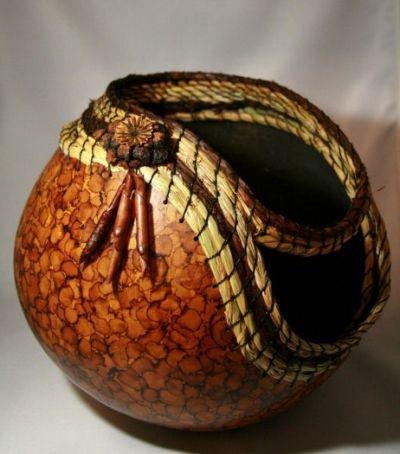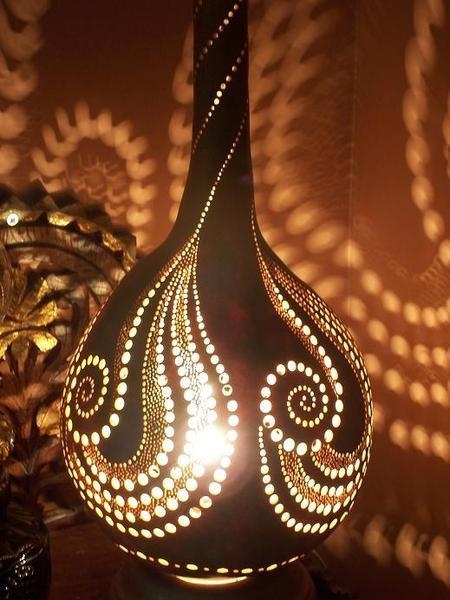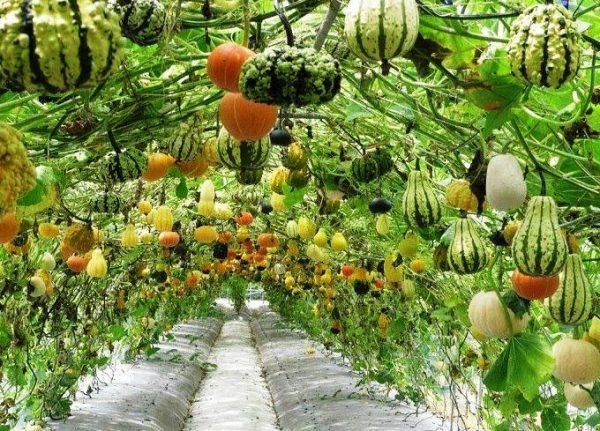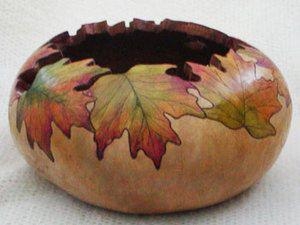
Some ideas for decorative items that can be made with gourds are vases, bowls and baskets, whimsical painted 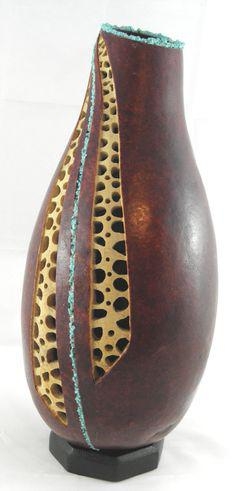
You can grow your own gourds. They are not difficult to dry, but drying usually takes at least six months from harvest, so it's a long-term project. With a freshly harvested gourd, start the curing process by cleaning the surface with soapy water and allowing it to dry. Clean it again with rubbing alcohol and store in it a dry, dark place, either hanging or laying on a dry surface and turning it periodically. It is normal for the skin to have a mottled appearance, but if mold appears it should be wiped off with a dry cloth or a 10 percent bleach solution. Gourds are cured when they feel light and the seeds rattle around inside.
If you would rather purchase them, dried gourds are widely available online and from growers. You can also purchase kits that includes the dried gourd and decorating supplies.
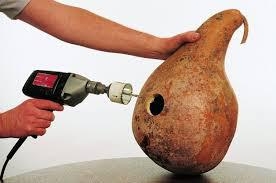
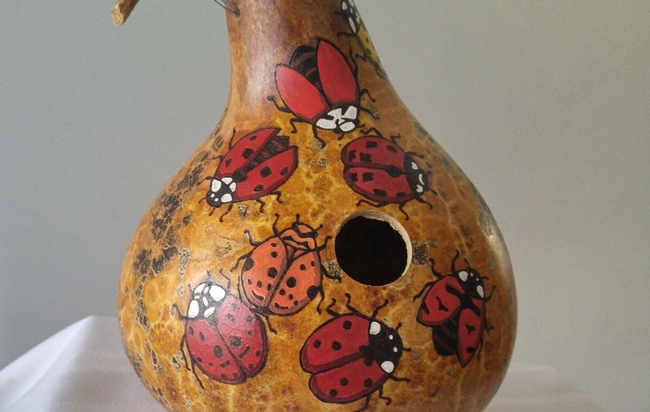
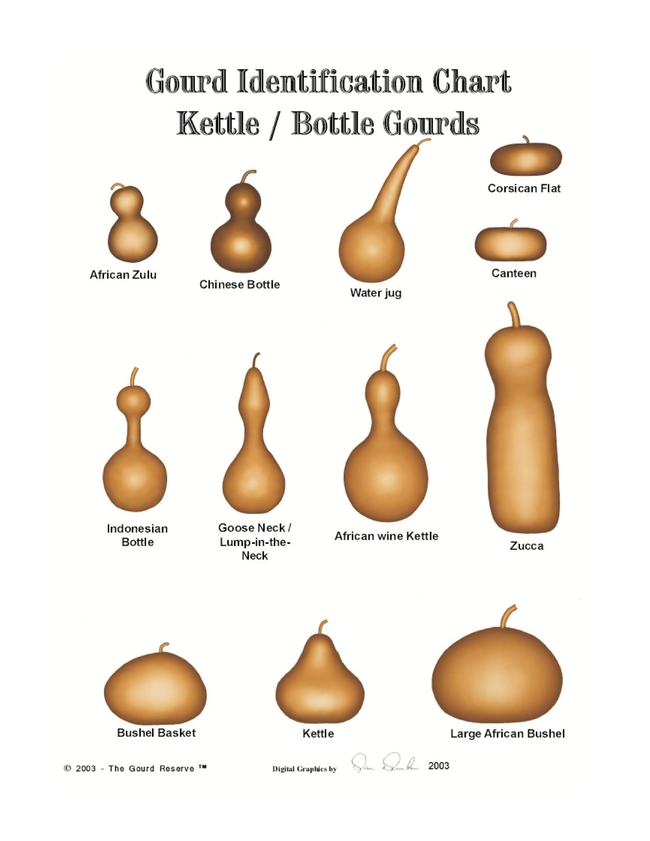

Gourds are best grown on a trellis or other type of support like this tunnel that keeps them off the ground, thus avoiding flattened areas and decreasing the chance of rot. They need about 110-120 days to reach maturity and should be harvested when the vines become dry but before the first hard frost. Water can be gradually decreased in August and turned off by the end of September to facilitate this. Leave several inches of the stem attached to the gourd.
Given their useful qualities, it's easy to see why gourds have been grown and fashioned into utensils and containers in the Americas for at least 9,000 years. It's enjoyable and satisfying to continue that tradition by creating functional and beautiful items from the garden.
The non-profit American Gourd Society https://www.americangourdsociety.org/ and the California Gourd Society http://www.californiagourdsociety.com/Home.php websites are sources of inspiration, information, and useful links.
Additional sources:
https://ucanr.edu/sites/Tuolumne_County_Master_Gardeners/files/185588.pdf
https://www.diynetwork.com/how-to/outdoors/structures/how-to-make-a-gourd-bird-house
https://www.gourdsforbirds.com/how-to-gourd-birdhouse/
http://www.pnas.org/cgi/content/full/102/51/18315
